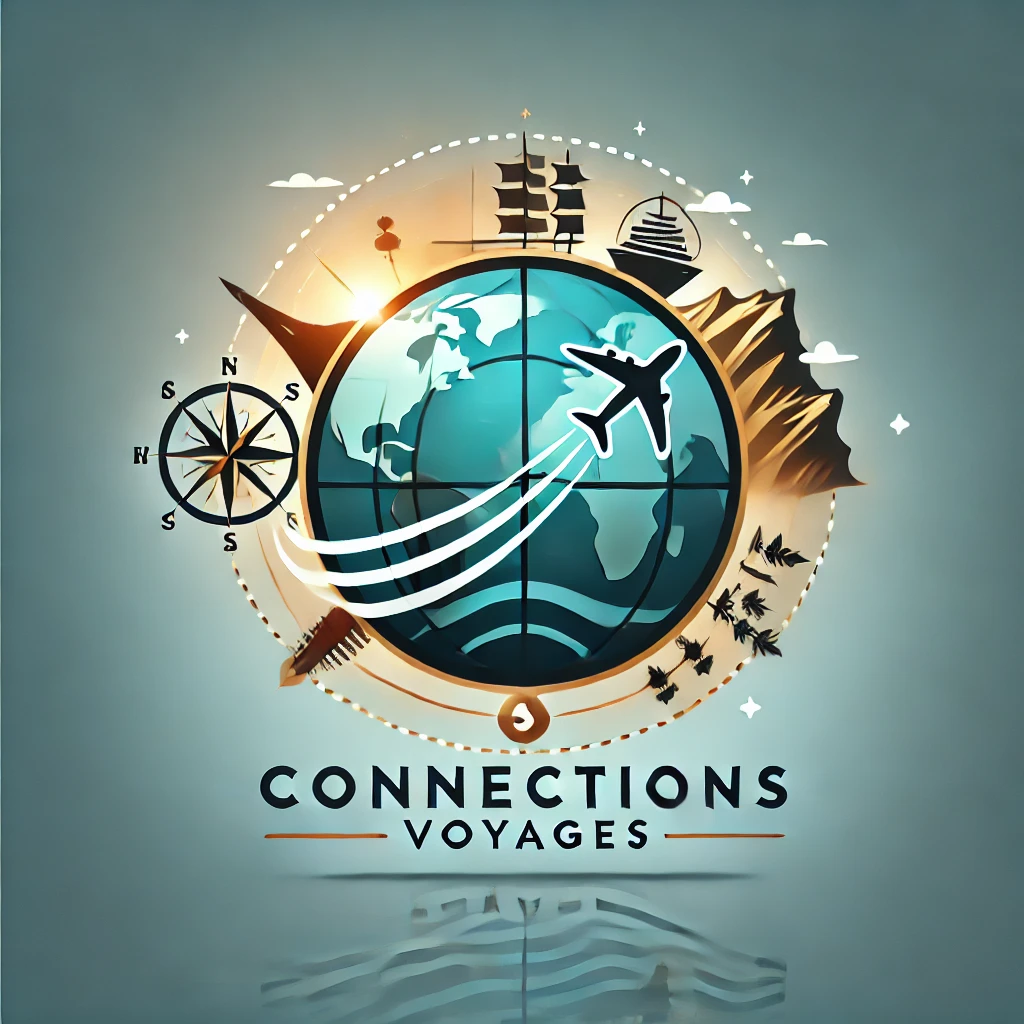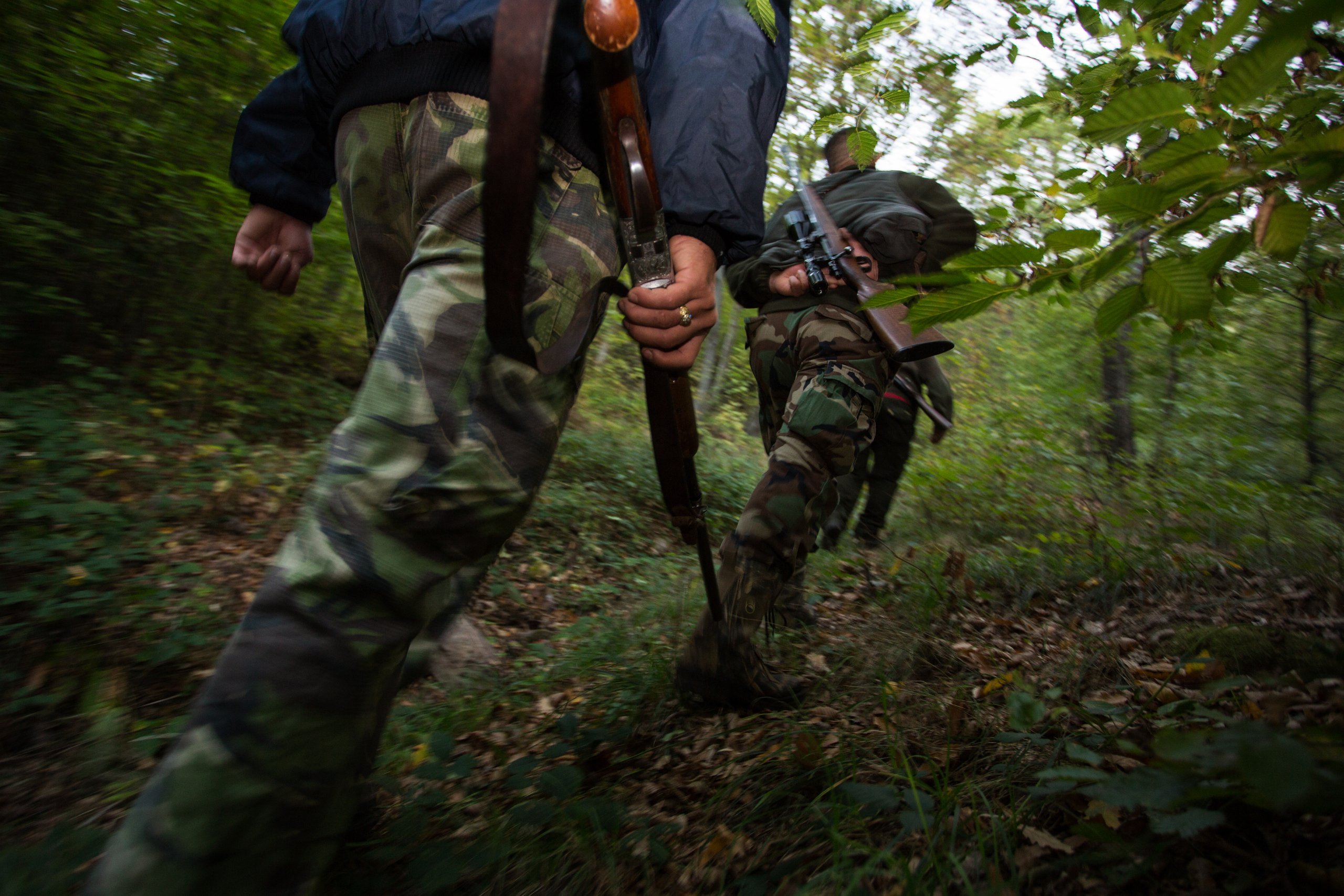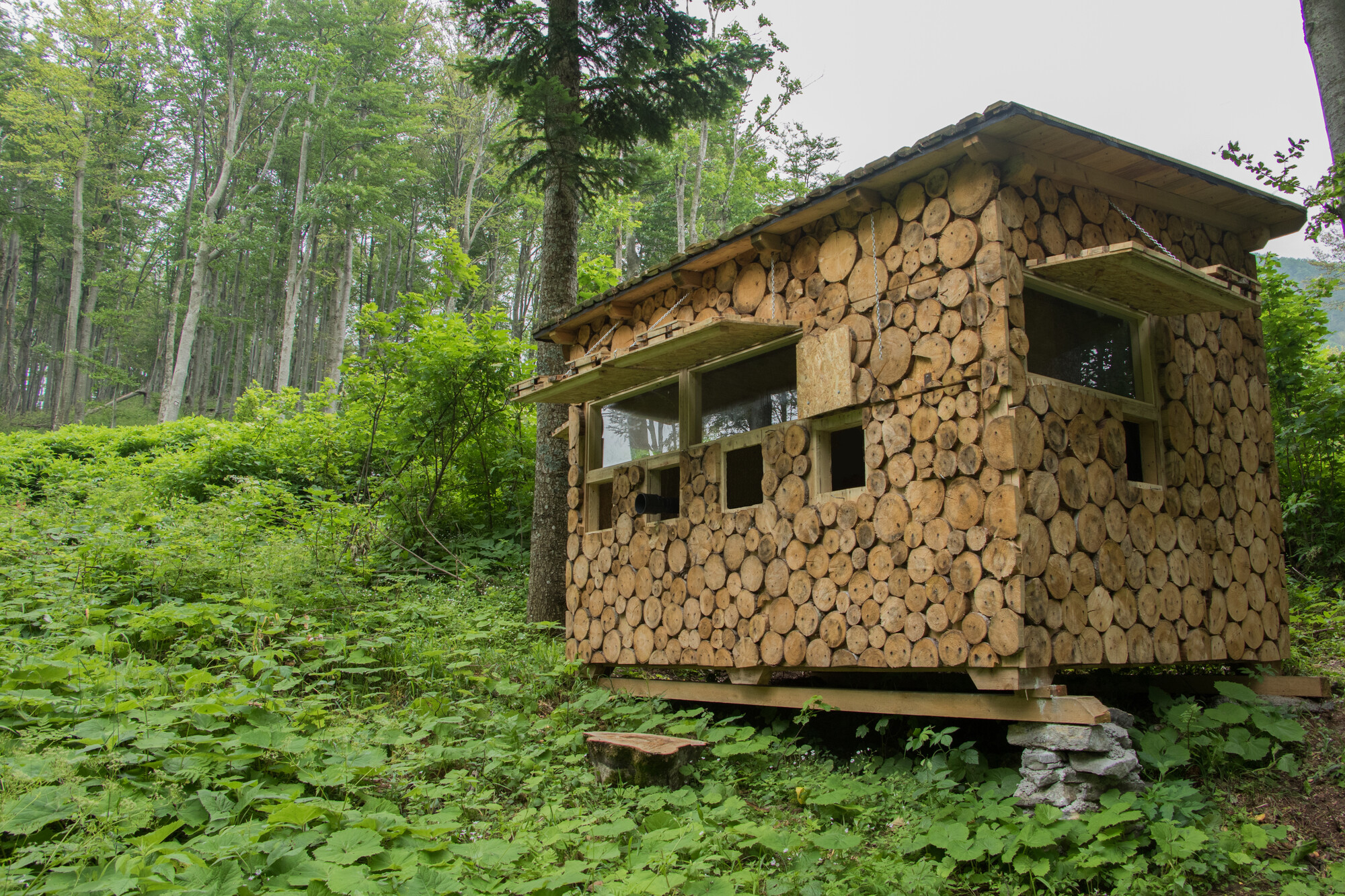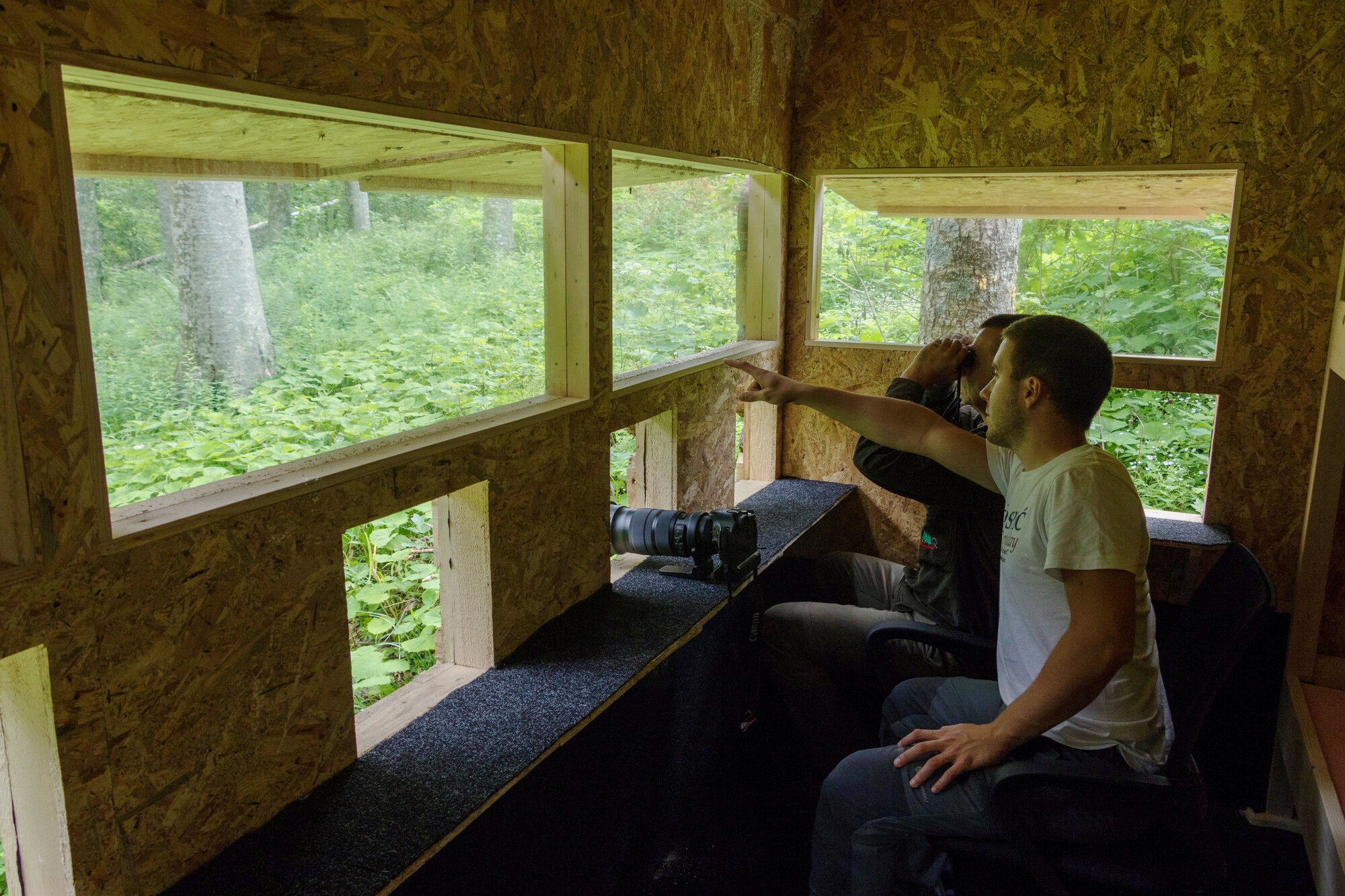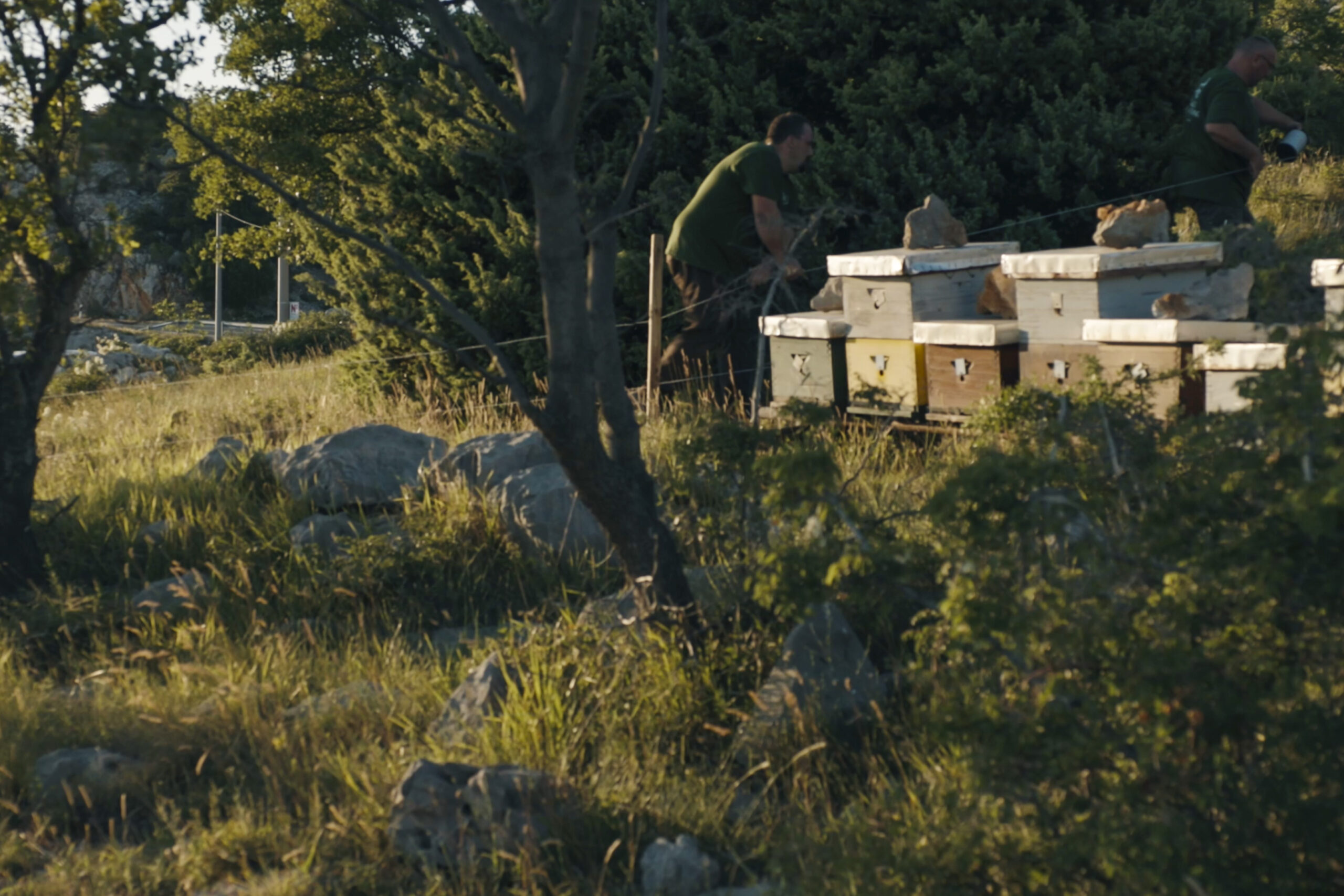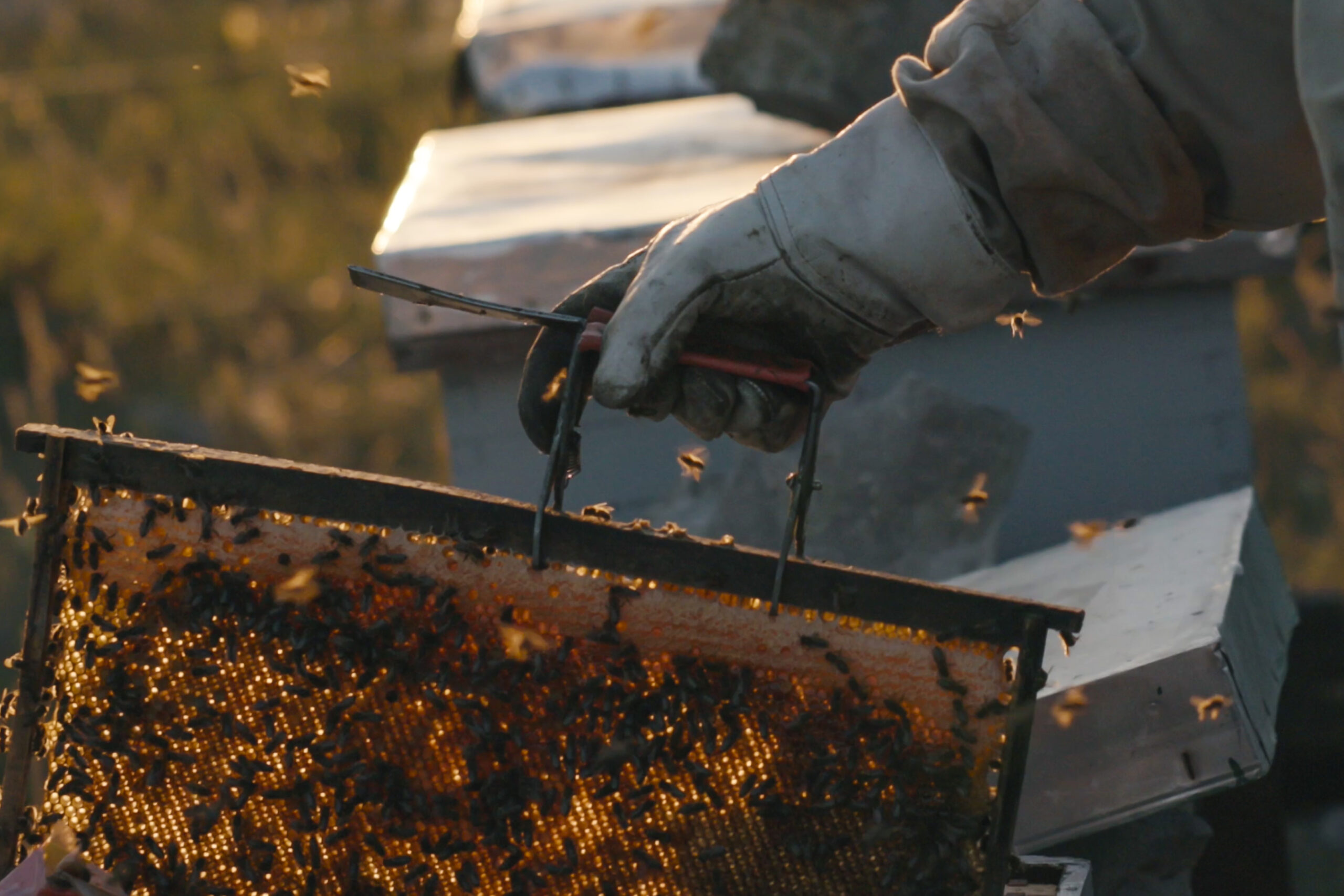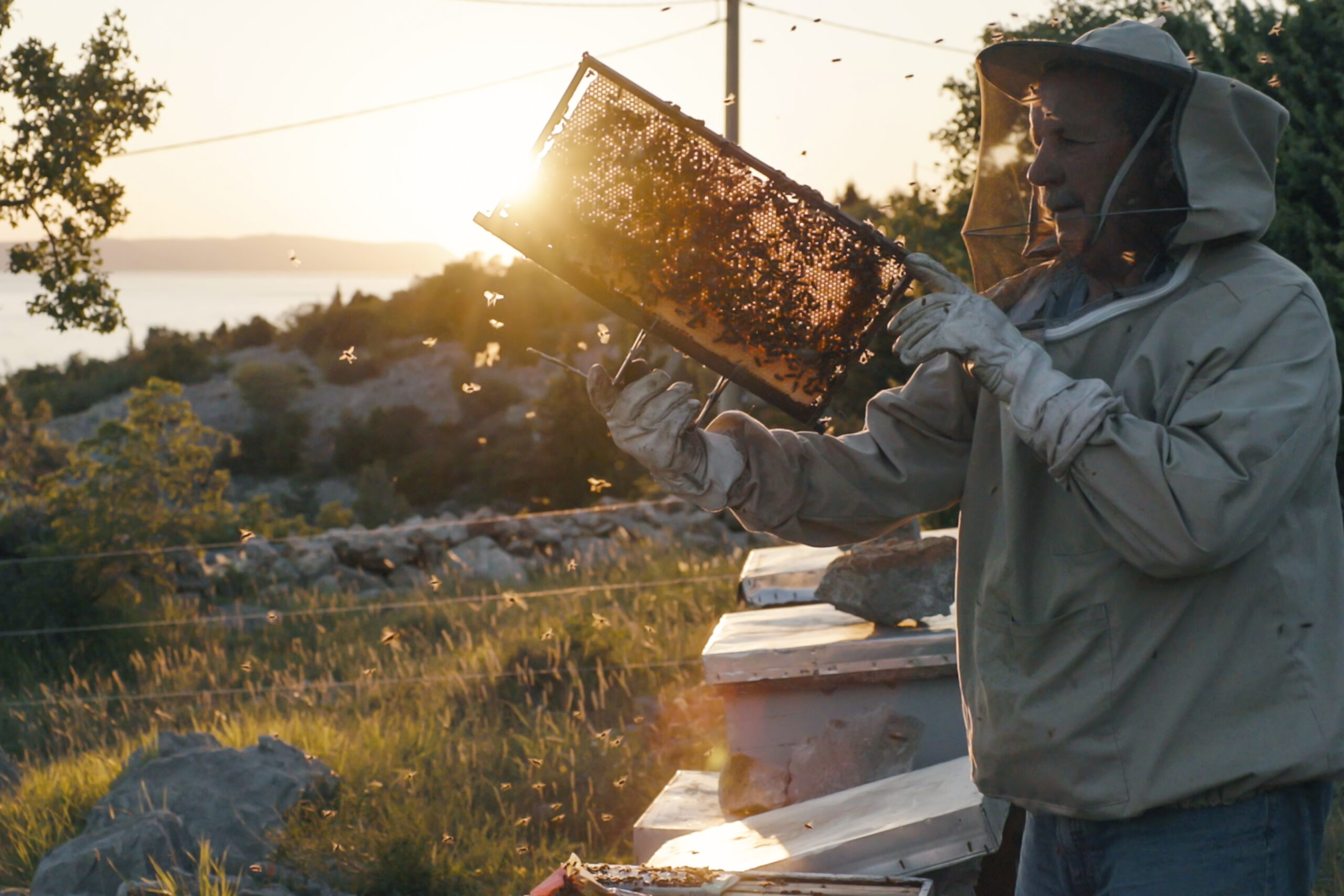A recent survey found that most hunters in Croatia’s Velebit Mountains share many of the goals and views of the Rewilding Velebit team. With hunting deeply embedded in local culture, this alignment underscores the importance of collaborating with local hunting associations to scale up rewilding.

Emmanuel Rondeau
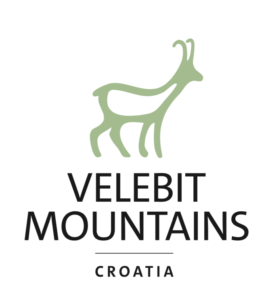 Paradigm shift
Paradigm shift
Rewilding Velebit’s work in the Velebit Mountains of Croatia is focused on transforming the management of five hunting concessions totalling nearly 30,000 hectares. A fresh and sustainable approach to wildlife management – based on wildlife watching, rather than the traditional practise of hunting – is supporting a gradual resurgence in the area’s spectacular wildlife and driving the development of a burgeoning nature-based economy. Five wildlife watching hides, which became operational in 2023, are now generating increasing revenue, with more tourism products set to be launched later this year.
With hunting deeply embedded in Croatian culture, engaging and working productively with the Velebit hunting community is essential to the impact and progression of rewilding efforts.
“We must all protect wild nature together,” says Perica Baričević, a member of the Tetrijeb/Capercaile Pazarište Hunting Association. “Cooperation is essential – if people don’t want to cooperate, there is no question of moving forwards.”
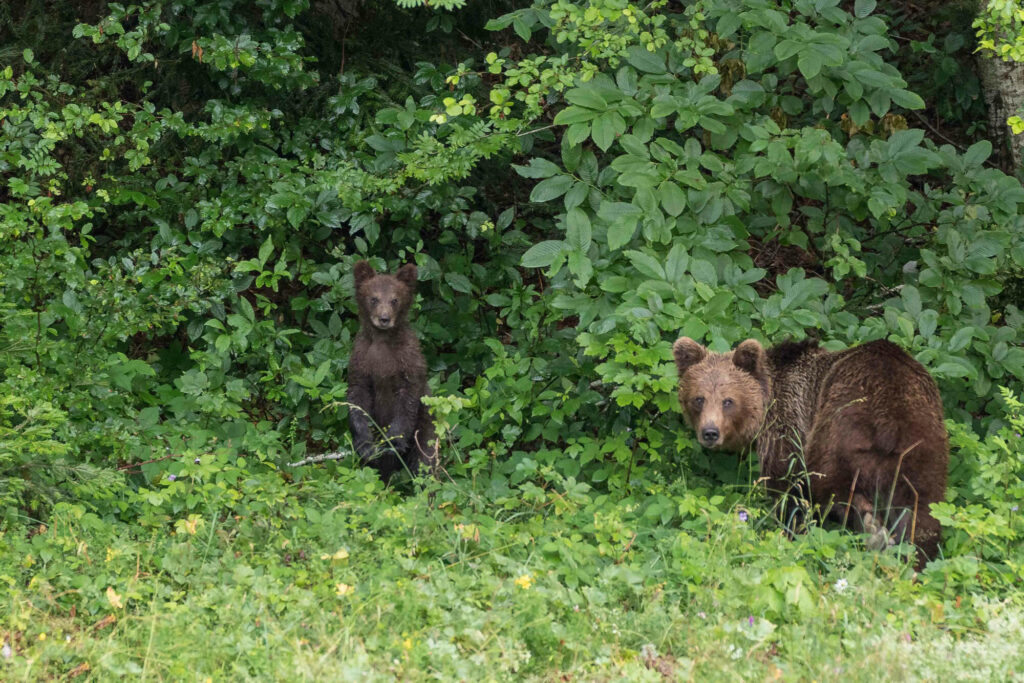
Nino Salkic
Amplifying engagement
The Rewilding Velebit team continually engage local hunters in constructive dialogue. To build engagement with hunters and to gauge their opinions on rewilding-related issues, the team conducted a comprehensive attitude survey at the end of 2024. A total of 158 hunters took part in the survey, representing a total of 23 hunting associations across Lika-Senj County, which encompasses the rewilding landscape. Many appreciated the opportunity to voice their opinion.
The results of the survey show that hunters share many of the views and goals of the Rewilding Velebit team, which bodes well for the future.
- Nearly 80% of those surveyed believe the existence of wild areas in Velebit is important or highly important.
- Nearly 70% believe that wildlife and wild areas within the Velebit Nature Park and Natura 2000 area – which border the rewilding landscape – need stronger protection.
- Over 70% support the release of wild animals in areas where populations are absent or degraded.
- Nearly three-quarters agree that wild areas and wildlife have the potential to attract new investment, business opportunities, jobs, and income to Velebit.
The survey results around wildlife releases are particularly encouraging. The vision of the Rewilding Velebit team focuses on healthy, resilient wildlife populations, with signed memorandums of understanding in place with neighbouring hunting concessions to support this aim. To enhance natural grazing and strengthen food webs, the rewilding team have so far released 65 red deer in and around the landscape, with more releases in the pipeline for 2025. They also conduct a wide range of measures to support wildlife comeback, such as monitoring and daily ranger patrols to prevent poaching, the renovation and installation of ponds, springs and wells to provide safe sources of water for wildlife, and the installation of road prisms to decrease wildlife mortality through traffic collisions.
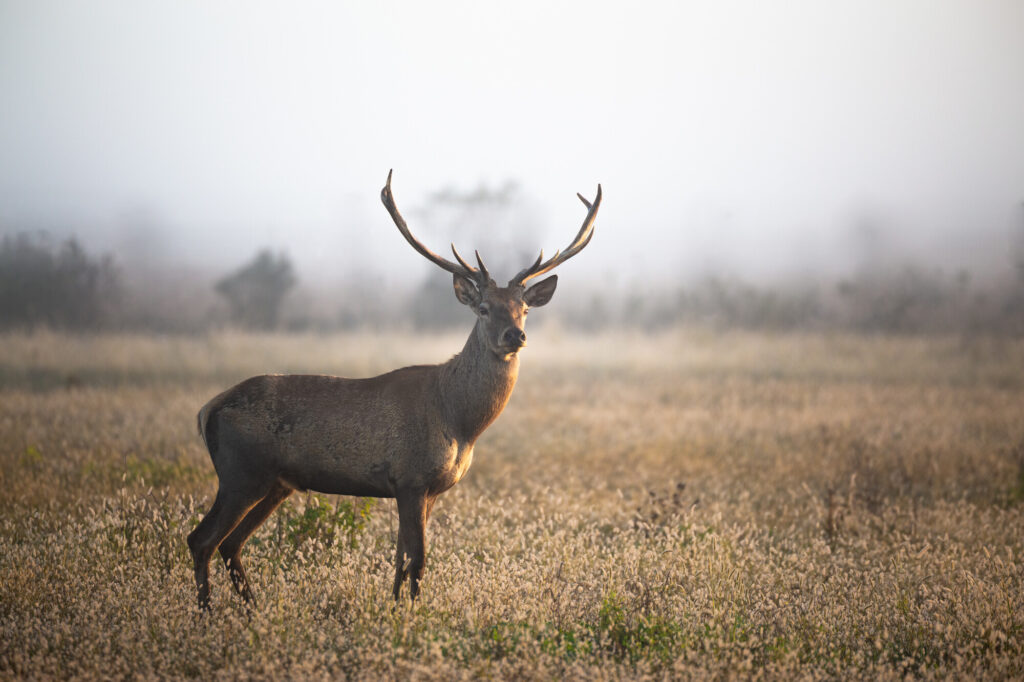
Nino Salkic
Positive rewilding sentiment
Nearly 70% of those hunters surveyed said they thought the term “rewilding” sounded positive and appealing, indicating a general acceptance of the concept among the Velebit hunting community.
“I have been president of the Grivna Karlobag Hunting Association for a year,” says professional beekeeper Ivica Bačić. “For me, the cooperation with rewilding is positive and beneficial for wild nature. Moving forwards, I hope this collaboration will continue to get stronger.”
Some hunters were unfamiliar with the term “rewilding” and the work of Rewilding Velebit.
“This survey will help us to continue building engagement and raising awareness,” says Rewilding Velebit communications officer Kruno Bošnjaković. “We are aiming to communicate with hunting associations across the county and invite them to participate in specific activities, such as clean-ups.”

Rewilding Velebit
Promoting co-existence
A few of the hunters surveyed expressed concern about perceived damage caused by wildlife species such as wolves, lynx, and bears, which they believe impact deer populations. Bears are also seen as a species that can cause damage to property, such as beehives. These concerns show how important it is to find ways of enabling people and wildlife to thrive together. Promoting human-wildlife co-existence is an essential part of efforts to support wildlife comeback in the Velebit Mountains, and is particularly important as species such as brown bears are common in the landscape. In 2024, the team helped several local beekeepers secure their hives from bear damage by handing out electric fences.
“We are educating and informing local people about ways of protecting their property and animals and have installed such fences in more than a dozen locations on Velebit,” says Kruno Bošnjaković. “We have also published a brochure on co-existence and organised three workshops with beekeepers.”
The Rewilding Velebit team are also developing a local economy where wildlife watching is a far more important economic driver than hunting. As this development continues, and the perceived value of diverse and abundant wildlife populations increases, support for wildlife comeback and the desire to live alongside wild animals will increase too.
Essential collaboration
The survey of hunters in the Velebit Mountains shows how engaging hunters and the hunting community can result in beneficial outcomes for rewilding, wild nature, and people. The Rewilding Velebit team have signed memorandums of understanding – encompassing issues such as respecting borders, poaching prevention, and wildlife management – with a wide range of neighbouring concessionaires. As a result, the amount of land under rewilding influence outside the rewilding landscape totalled over 150,000 hectares by the end of 2024.
Rewilding teams in other rewilding landscapes, such as the Rhodope Mountains in Bulgaria and the Southern Carpathians in Romania, are also collaborating closely with local hunting communities. Ensuring that wildlife comeback continues at scale in these landscapes means demonstrating to the managers of hunting concessions, and the hunters that use them, that rewilding is necessary, and that the transition towards wildlife watching – away from hunting – can deliver wide-ranging socio-economic and ecological benefits.
“One of the principles of rewilding is to act in context, embracing the role of people, and their cultural and economic connections with the land,” says Kruno Bošnjaković. “With rewilders and many hunters in Velebit sharing a common and unified goal, reaching out to and collaborating with hunting associations can help us to take rewilding here to the next level.
“One of the principles of rewilding is to act in context, embracing the role of people, and their cultural and economic connections with the land.”

Kruno Bošnjaković
Rewilding Velebit Communications Officer
“In Croatia, our efforts to move from hunting to wildlife watching mean we are moving away from a decades-old model and attempting to change entrenched mindsets. As more and more people see the value of what we are doing, I believe they will accept this new approach. After all, you can only shoot an animal with a gun once, but you can shoot it with a camera a thousand times.”
